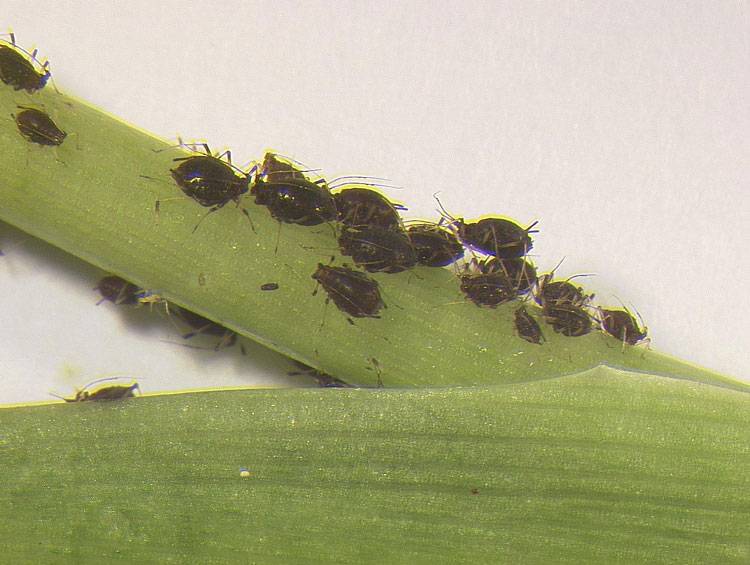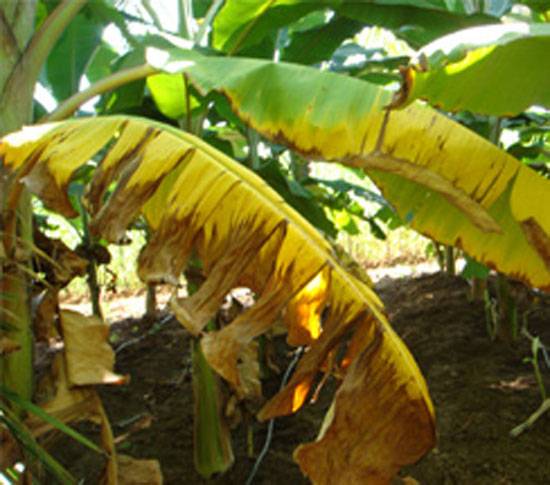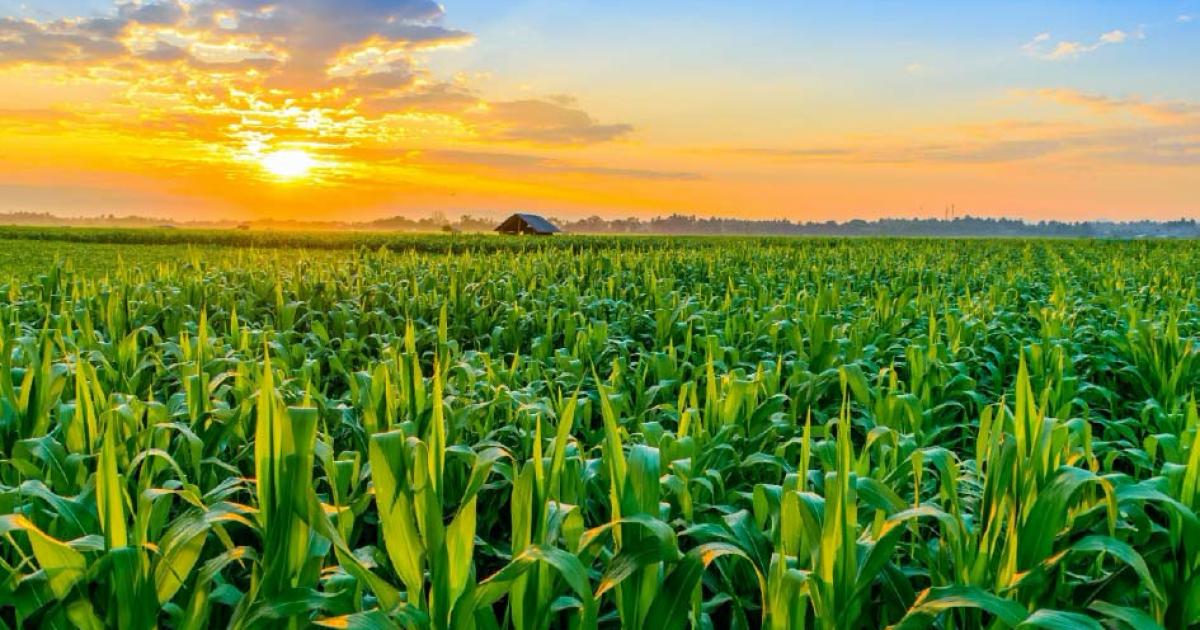Banana-TC
Banana Aphid

Banana Aphid
Pentalonia nigronervosa f. typica

Banana Aphid
Pentalonia nigronervosa f. typica

Banana Aphid
Pentalonia nigronervosa f. typica

Banana Aphid
Pentalonia nigronervosa f. typica
Banana Aphid (Pentalonia nigronervosa) and Its Impact on Banana Plants
Introduction
The banana aphid, Pentalonia nigronervosa, is a small but significant pest of banana and plantain plants. It is the primary vector of the Banana Bunchy Top Virus (BBTV), a devastating disease that affects banana crops worldwide.
How It Damages Plants
- The aphid feeds on the sap of the plant, leading to leaf deformation.
- It produces honeydew, which promotes the growth of sooty mold on leaves.
- It spreads the BBTV virus when feeding on infected banana cells.
Where It Can Be Found
- Near the midrib on the underside of the leaf.
- Under the sheath that wraps around the stem.
- On the fruit.
- Below the soil, especially around the bases of pseudostems.
Monitoring and Detection
- Regular monitoring is essential, especially in moderate humidity and temperatures of 20-25°C.
- During rainy periods, dense colonies are found near the base of the pseudostem (up to 7-8 cm below the soil surface).
- Aphids are sometimes found on fruits.
- Signs of aphid presence include:
- Stunted growth due to feeding damage.
- Honeydew build-up and growth of sooty mold.
- Rolled or folded leaves with necrotic areas.
- Colonies often protected by ants and hidden in earthen structures near ground level.
Temperature and Humidity Influence
- Banana aphids are most active in moderate temperatures (20-25°C).
- Studies have examined their biology at temperatures of 20°C, 25°C, and 30°C.
- Moderate humidity encourages their presence between leaves and the pseudostem.
- During rainy periods, colonies concentrate near the base of the pseudostem.
Signs of Banana Aphid Infestation
- Small, oval-shaped aphids ranging in color from red-brown to almost black.
- Feeding damage leading to plant stunting, honeydew secretion, and sooty mold formation.
- Rolled or folded leaves showing necrotic patches.
- Colonies often protected by ants.
Conclusion
The banana aphid poses a severe threat to banana cultivation due to its role in transmitting BBTV. Regular monitoring, understanding its habitat, and implementing effective pest management strategies are essential for preventing widespread damage.
Image Source: CABI & TNAU
Blog
Explore Our Blog

